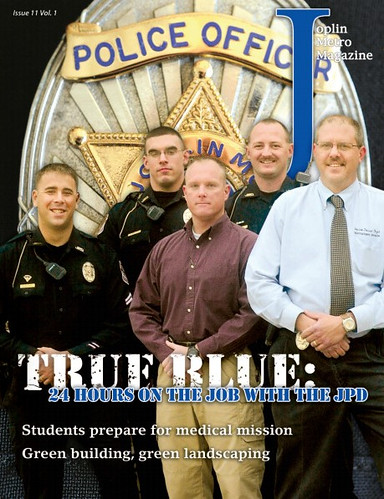In anticipation of our coverage of the 1903 Joplin lynching, we bring you photographs of the location of the tragedy: Second and Wall. It was at this intersection that Thomas Gilyard was lynched from the arm of a telephone pole by a mob. First is a drawing of the lynching that was printed in the Joplin Globe immediately after the lynching. The artist was Ralph Downing, who later went on to be an artist for the Kansas City Star (where he worked the rest of his career).
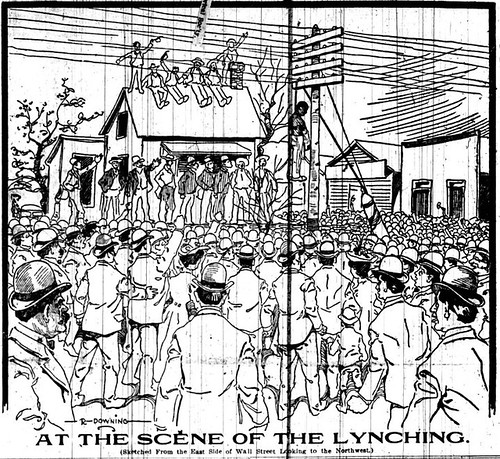
The lynching of Thomas Gilyard
The first photograph comes courtesy of the Post Memorial Art Reference Library and was taken just a couple months after the lynching, if not sooner.
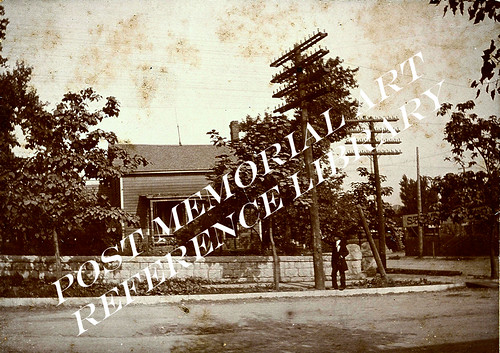
The back of the photo read, "Joplin, Mo. June 17, 1903. This is where Bro. C.H. Button and myself lodged at the home of Mr. Wilson. The telegraph pole is where a negro was mobbed and hung last spring. Taken by Prof. C.H. Button, J.R. Crank. Taken at Bible School Convention." Courtesy of the Post Memorial Art Reference Library, Joplin Missouri
The next photographs were taken just last month, December 2010. Regrettably, the time of day and the position of the sun got in the way of nailing a photograph from the exact same position. For identification purposes, the only surviving landmark from the gruesome moment is the stone retaining wall which you will find in all the images.
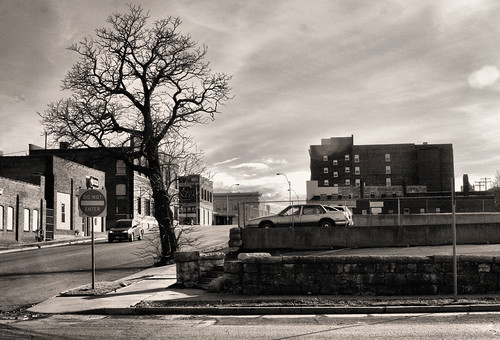
Second and Wall - Present Day
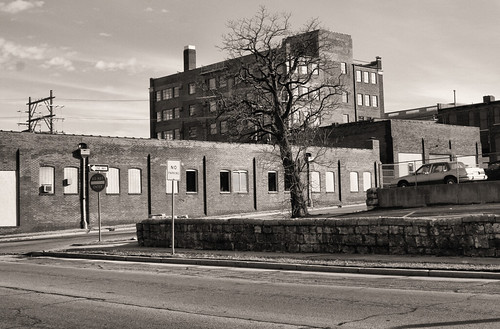
Second and Wall - Present day
If you don’t want to wait to learn more about the lynching, you can read about it in White Man’s Heaven by Kimberly Harper or pick up the most recent edition of the Missouri Historical Review.
Sources: Post Memorial Art Reference Library, Joplin Daily Globe, White Man’s Heaven by Kimberly Harper, and Historic Joplin Collection.
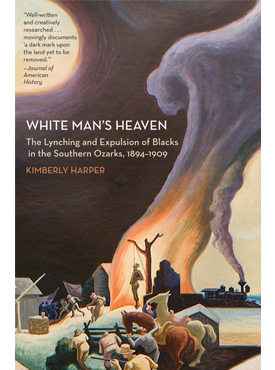 It’s been awhile, but it seems only natural to recommend a good book to help us understand these turbulent times. If you have not read it,”White Man‘s Heaven: The Lynching and Expulsion of Blacks in the Southern Ozarks, 1894-1909″ by Kimberly Harper explores the complex racial dynamics of the early twentieth century Ozarks. If you are like us, you might have grown up in Southwest Missouri during a time when there were few, if any, people of color in your community and wondered why. Well, this is why. One reader called it the Ozarks version of “To Kill a Mockingbird.”
It’s been awhile, but it seems only natural to recommend a good book to help us understand these turbulent times. If you have not read it,”White Man‘s Heaven: The Lynching and Expulsion of Blacks in the Southern Ozarks, 1894-1909″ by Kimberly Harper explores the complex racial dynamics of the early twentieth century Ozarks. If you are like us, you might have grown up in Southwest Missouri during a time when there were few, if any, people of color in your community and wondered why. Well, this is why. One reader called it the Ozarks version of “To Kill a Mockingbird.”